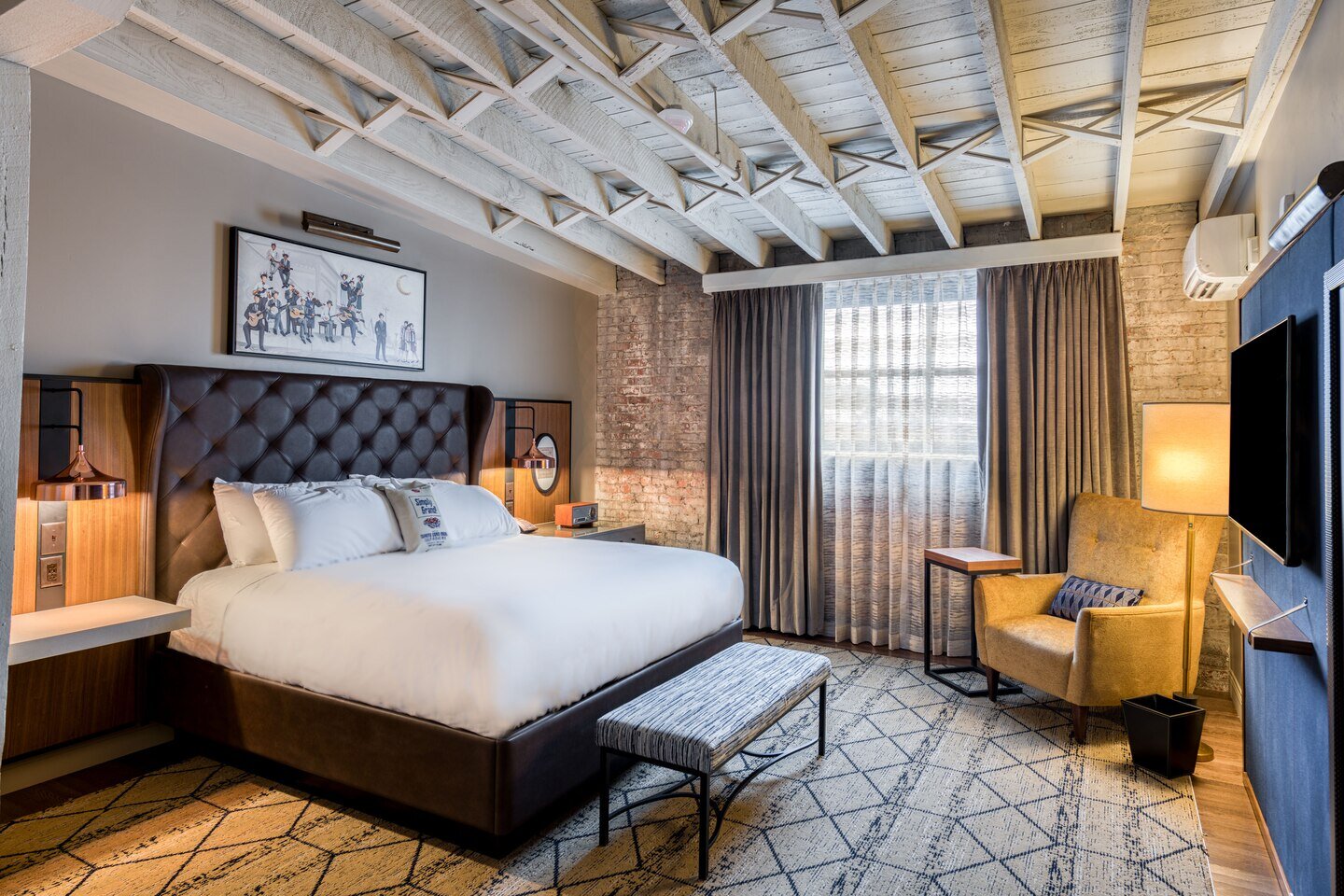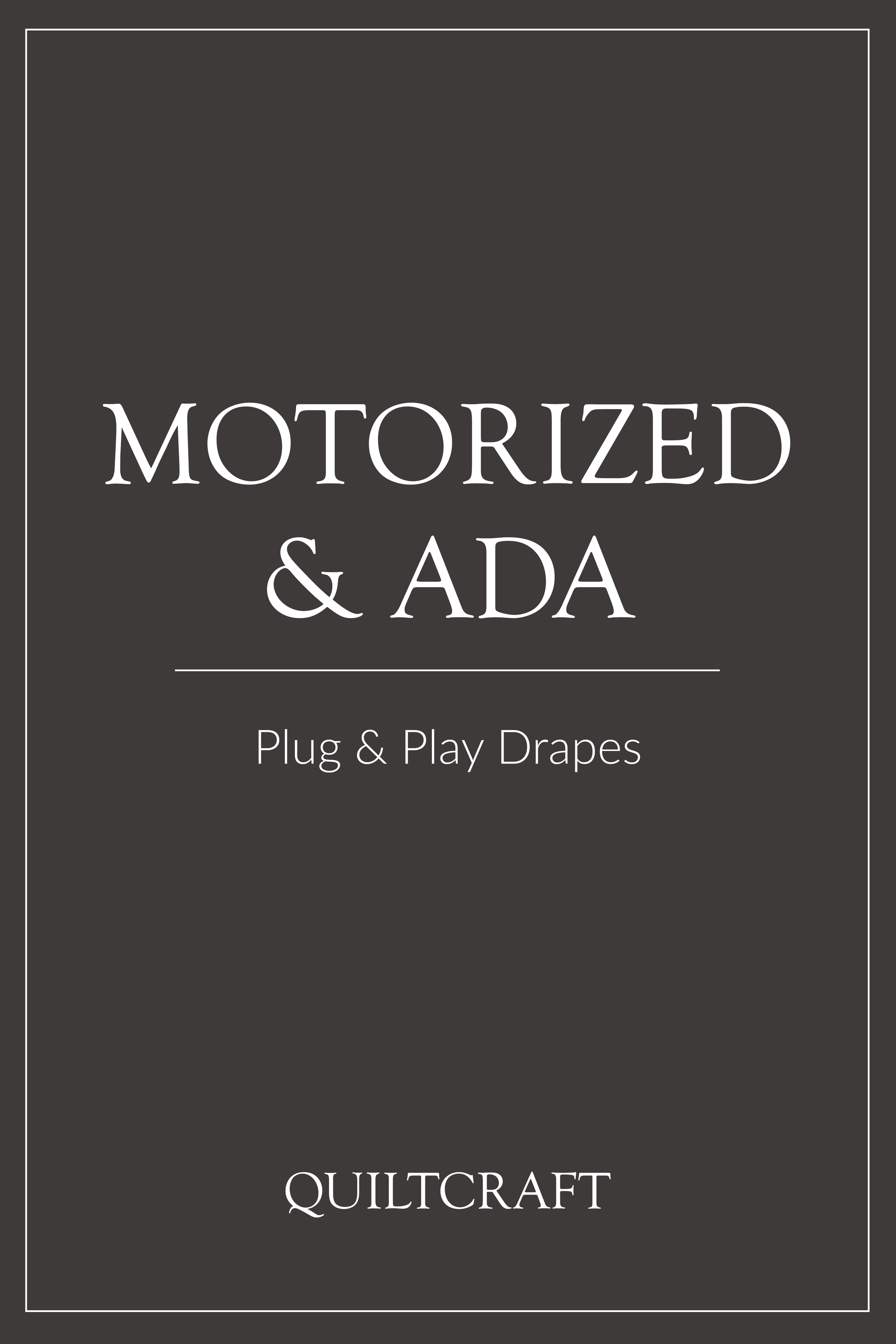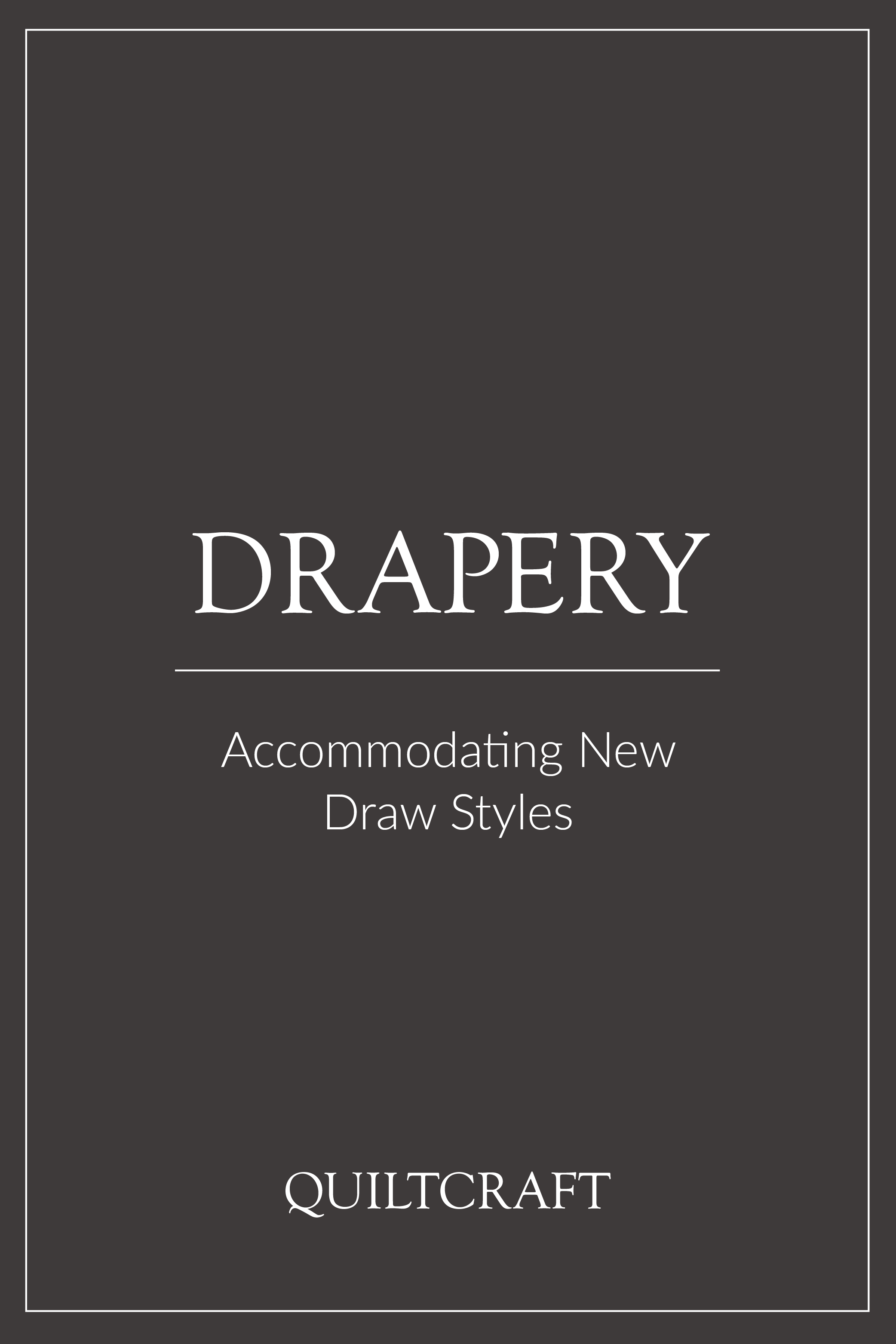What Is Blackout Lining?
Simply put, drapery lining is used to add the blackout effect to an uncoated decorative fabric (non-blackout). There are a couple of ways to do that. Continue reading and discover the solutions we offer at Quiltcraft.
It may seem as though every lining or coating is created equal but they are not. Every type of lining has a purpose and role.
In this post we will cover what makes each lining material unique and secondly we will weigh the reasons for lining vs. not. By no means does the Quiltcraft Blackout Collection cover all of the lining options but it covers the different possibilities with a healthy subset, which we will use to explain the different options.
Blackout Coating
Traditionally, a designer would select decorative fabric to be sewn over a separate blackout lining. Today, many textile manufacturers offer a ‘blackout coating’ which is applied directly to the material of your choice (similar to the 2 pass or 3 pass lining process mentioned below). Not all fabrics are created equal, so the manufacturer can help determine if this technique is an option for the fabric you choose.
Blackout Lining
Now, let’s consider our blackout lining options. There are two types of fabrics which we use as lining and these are either 2-pass or 3-pass blackout. The pass refers to the amount of times a simple polyester fabric is coated with a thin foam layer. Both fabrics first received a black foam coating (literally the black-out, ha!) and then a finish coat of foam. The finish coats are what give us the color options that we see in each (see images above). This is the end of the line for the 2-pass lining, which means it will always retain an unfinished side (the grey one). The 3-pass lining continues the process and receives a final 3rd coat that finishes it. This means it can stand alone and does not have to be an actual lining. The 2-pass will always act as a lining due to its one unfinished side.
Both fabrics create the same opaque blackout affect but because of the process that they are put through, the 2-pass is less expensive; therefore, if possible, we would recommend using a 2-pass rather than a 3-pass.
The only real reason for a 3-pass to be used strictly as lining is if the decorative/face fabric is translucent and therefore needs to be backed with one of the finished side colors to avoid discoloration (see image on the left for reference).
Check Out our Roller Shade Blackout Collection
We hope that this information was helpful in your decision process. Remember, if the room needs to have blackout capabilities and your face fabric is not coated, choose either 2-pass or 3-pass blackouts to fix the problem.
Here are other links that might interest you:
Explore More Drapery Related Resources





















